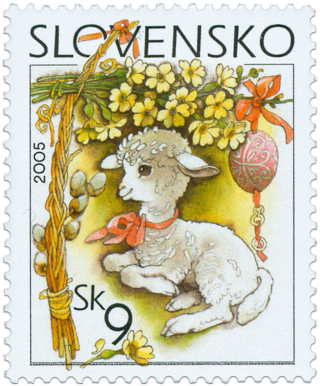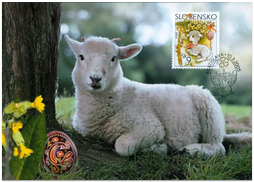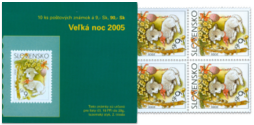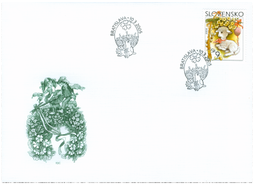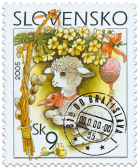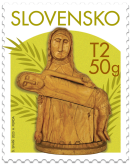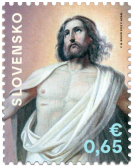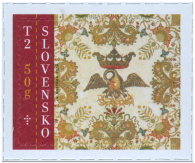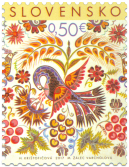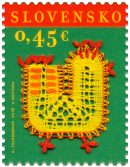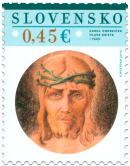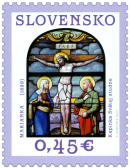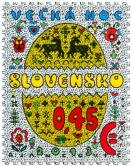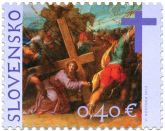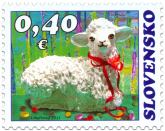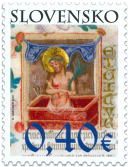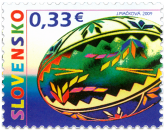This product is not for sale
This product is part of the following products
349 Date of issue
10.03.2005 Face value
9.00 Sk
The Easter Feast is composed of various cultural influences. Easter is the most important feast of the church calendar in Christianity, called “The Great Night”. This name comes from the night when the resurrection of Jesus Christ came to pass from Saturday to Sunday. In traditional culture, the Easter Feast was related to customs based on the coming of spring. As such, the customs were designed to ensure the health and protection of people and domestic animals, as well as economic prosperity. Spring was symbolised from the earliest time by water, greenness, and eggs. Easter is celebrated on the Sunday after the first full moon after the Vernal Equinox – that is, between March 22 and April 25. In Christianity, the lamb is well-known as a symbol of Christ. Under the influence of Christianity, the baking of dough in the form of an Easter lamb became a popular custom. Green sprigs appeared in Easter Feasts in two ways. Sprouting willow twigs - lambs’ tails, consecrated on Palm Sunday at church and protecting households from thunderbolts. Twigs entwined as a braid were symbolically giving off power, health and freshness. From time immemorial, the egg has been a symbol of fertility, crop, life, birth, return of spring, and the sun. It is one of the oldest Easter foods and, when decorated, it is associated with whipping and water bathing as a boy's gift from the girl he whipped. Over time the magical significance of customs has become a social-entertaining function. The postage stamp features the Easter attributes that have symbolized this feast up to the present day. Zora Valentová
Show less© 2024 POFIS - Postal philatelic service. All rights reserved

